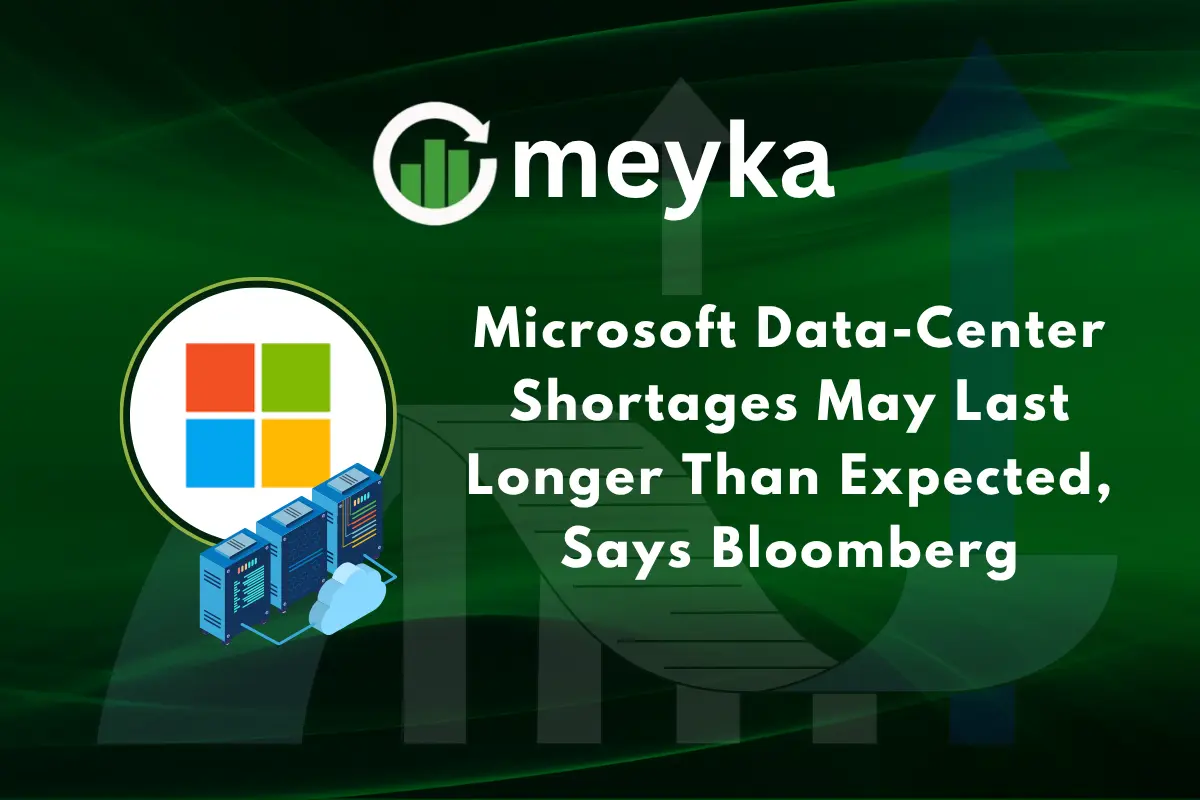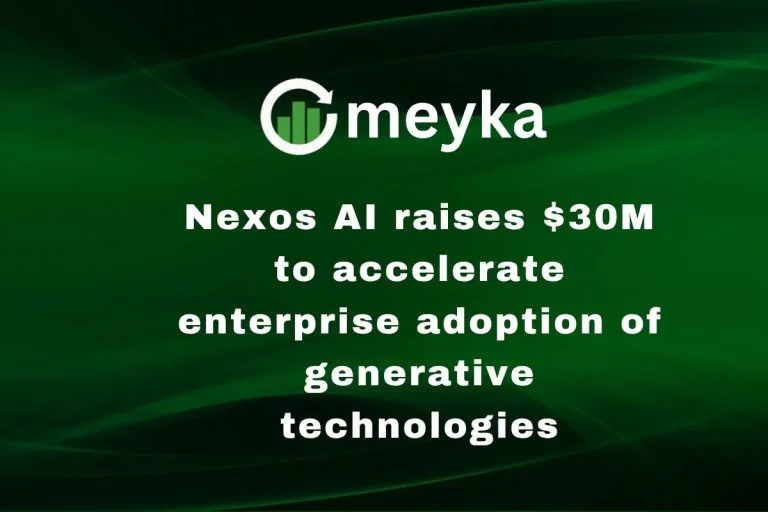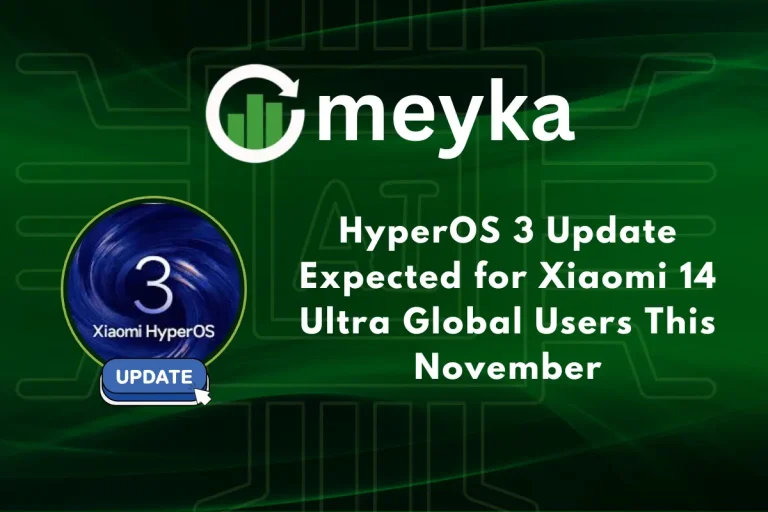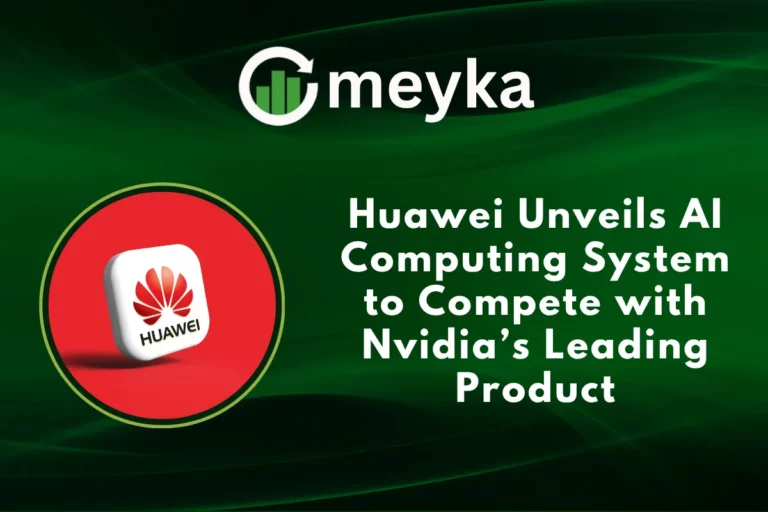Microsoft Data-Center Shortages May Last Longer Than Expected, Says Bloomberg
Microsoft is racing to build more data centers, but demand is moving even faster. The rise of artificial intelligence, cloud services, and tools like Microsoft Copilot has caused a major strain on its global infrastructure. According to a Bloomberg report released in October 2024, the company may face data-center shortages for longer than expected. This is not a small problem. Microsoft powers millions of businesses, government systems, and AI models through Azure. When capacity is tight, growth slows.
What’s driving the shortage? High-performance chips are limited. Construction takes years. Power grids are overloaded. Regulations cause delays. Even tech giants cannot escape these bottlenecks.
This issue goes beyond Microsoft. Other cloud leaders like Amazon, Google, and Meta are also scrambling to expand. The AI boom is creating a new kind of infrastructure race, one where data centers are the “factories of the future.”
The big question now is: Can Microsoft scale fast enough to meet demand, or will shortages reshape the entire AI and cloud market?
What is Causing the Shortage?
AI demand is exploding. Large language models need huge compute clusters. That drives GPU and memory demand. Chipmakers are expanding. But factories can’t scale fast enough. Construction is slow, too. Permits and supply chains add months. Power limits make many sites unusable. All these issues stack up. That creates real bottlenecks for new data centers.
Bloomberg’s Warning and Timeline
Bloomberg reported on October 9, 2025, that shortages may last longer than expected. Internal forecasts once targeted relief by late 2025. Now, many regions push that into 2026. Microsoft’s filings and comments show the same trend. Projects have been paused or shifted to higher-priority sites. That change signals the problem is deeper than a single year.
How does it affect Microsoft?
Azure is a core profit driver. When capacity tightens, rollouts slow. New AI services can be delayed in some regions. That slows customer onboarding. It can also shift revenue timing. Microsoft has increased CapEx. It is also prioritizing where new capacity goes. These moves aim to protect service quality while managing cost.
Industry-Wide Impact
This is not unique to Microsoft. AWS, Google Cloud, and Meta face the same limits. All compete for chips, land, and power. Competition raises equipment and construction prices. Chip vendors and data-center REITs win in demand. Smaller hosts may struggle to keep up.
The Chip Constraint
High-end AI GPUs are hard to make. Production needs time, special materials, and advanced fabs. Orders for H100-class and newer GPUs have spiked. Suppliers are expanding, but new capacity comes slowly. Until more fabs open, chip supply will cap how fast new AI clusters can start.
Power and Grid Limits
Data centers use massive electricity. AI racks use more power per square foot than older workloads. Utilities face long interconnection queues. Grid upgrades are expensive and slow. Many hyperscalers sign long-term renewable deals. But signing a deal does not make power immediately available. Actual grid work can take years.
Regional Bottlenecks
North America has tight clusters like Northern Virginia. Europe faces stricter permitting and environmental rules. Asia can build faster in some markets, but it still needs chips and parts. The Middle East offers land and power to attract hyperscalers. The result is a mixed map: some regions grow fast, others lag.
Microsoft’s Response and Fixes
Microsoft is shifting resources to top-priority regions. It is signing longer power purchase agreements. The company invests in efficiency, such as liquid cooling and hardware tuning. Custom silicon and better software optimization help squeeze more performance from existing capacity. Microsoft is also working with utilities on grid upgrades.
Market and Investor View
Demand from AI looks structural, not temporary. That boosts makers of chips, power gear, and cooling tech. It also pressures cloud margins until supply catches up. Analysts and investors may use an AI stock research analysis tool to spot suppliers and energy plays. Key signals to watch include CapEx trends, power contracts, and project pipelines.
Microsoft Data-Center: Long-Term Outlook
AI adoption will keep rising. Supply fixes are coming, but they need time and capital. New fabs, grid upgrades, and construction capacity will help. Until then, shortages are likely to persist into 2026 in many regions. The winners will be firms that can align chips, power, and build speed fastest.
Wrap Up
The data-center race has entered a harder phase. Demand is rising faster than the build pipeline can handle. Microsoft and peers face real trade-offs. Short-term delays seem likely. Long-term growth still looks strong if the supply chain and utilities catch up.
Disclaimer: The above information is based on current market data, which is subject to change, and does not constitute financial advice. Always do your research.






